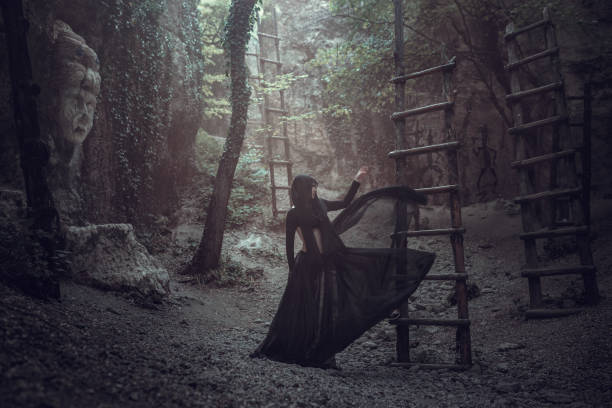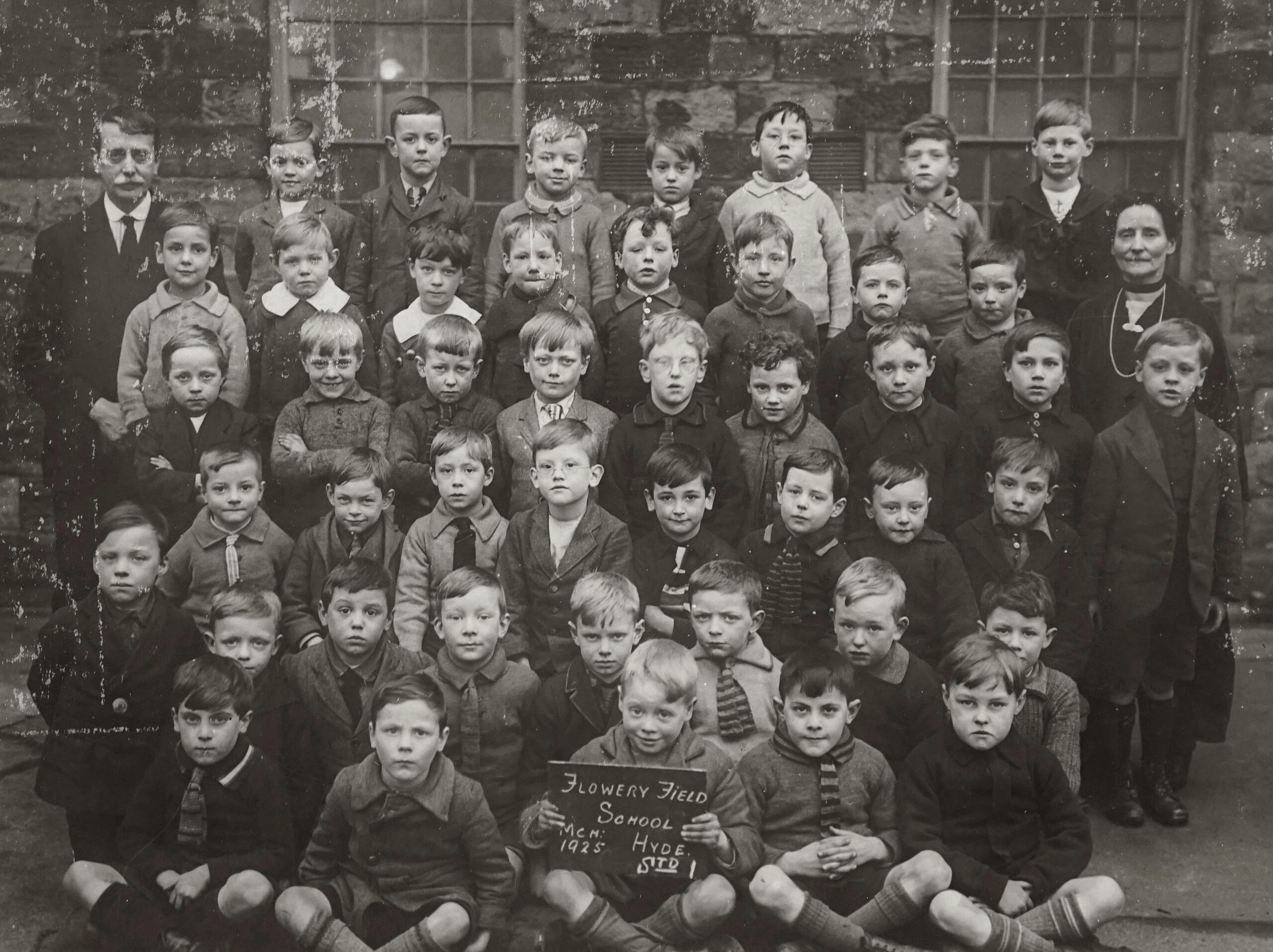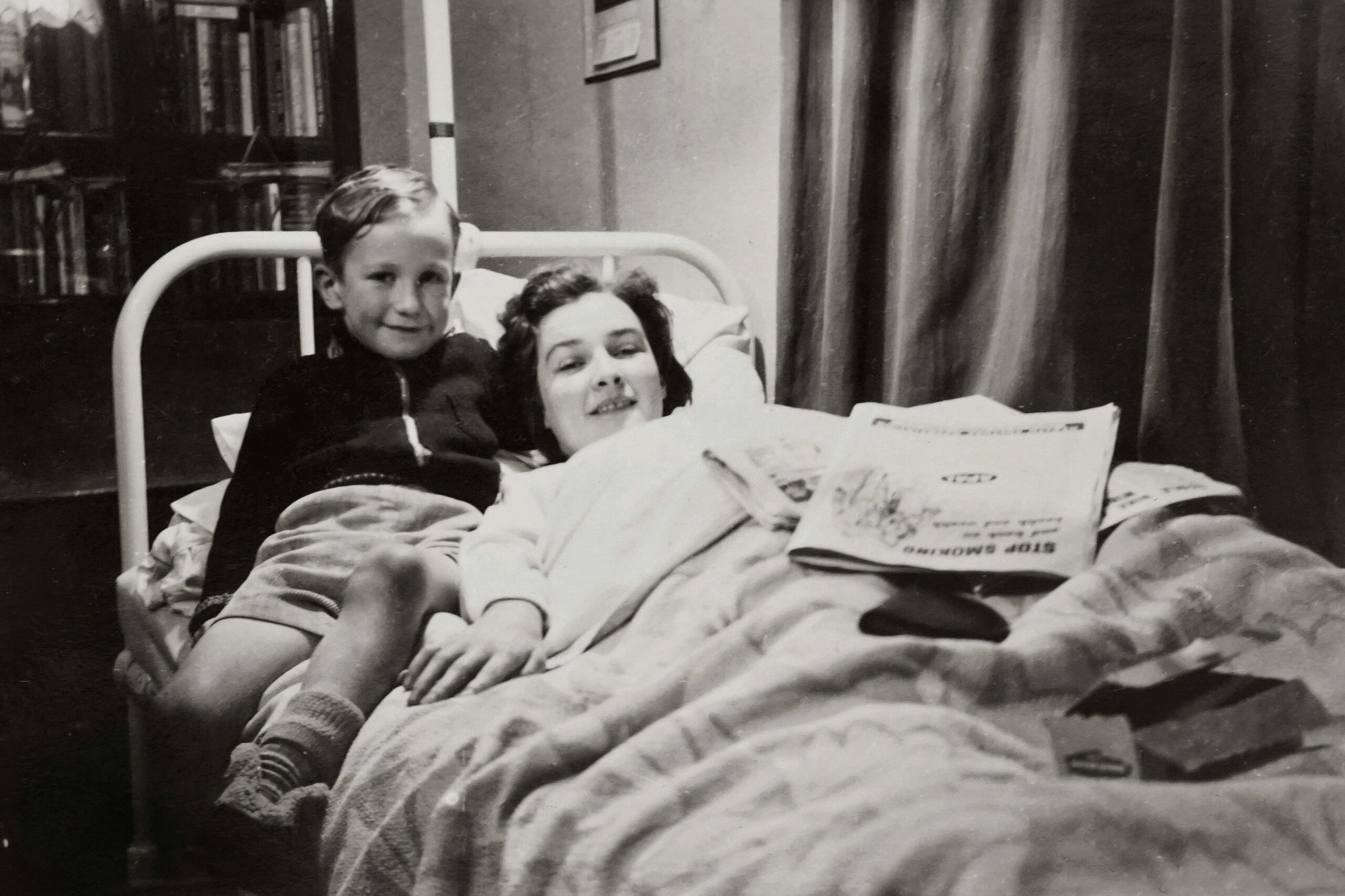Introduction: Why True Admiration Still Matters in a Fast-Paced Digital World
We live in an era of instant reactions—quick likes, fleeting follows, and disposable emotions. Social media has turned admiration into a shallow, transactional exchange, reducing deep respect to nothing more than a double-tap or a heart emoji. But period films defy this trend. They transport us to a time when admiration was earned, not given freely—when a single glance, a restrained gesture, or a carefully chosen word carried more weight than a thousand viral posts.
These films do more than entertain—they preserve the lost language of genuine respect. Through subtle storytelling, authentic manners, and emotional restraint, they remind us that true admiration is slow, intentional, and deeply human.
Why does this resonate today?
-
We crave depth in a world of surface-level connections.
-
Miss sincerity in an age of performative emotions.
-
long for patience in a culture addicted to instant gratification.
Period films answer this longing. They don’t just show history—they revive forgotten ways of feeling.
What Truly Defines a Period Film? (Beyond Just Historical Accuracy)
Many assume period films are simply stories set in the past. But the best ones do far more—they reconstruct entire emotional worlds.

The 3 Pillars of an Unforgettable Period Drama:
-
Immersive Authenticity
-
Costumes, dialects, and social etiquette aren’t just background—they’re essential to the emotion.
-
Example: The stiff postures and formal speech in Pride & Prejudice aren’t just “old-fashioned”—they show how restraint deepened desire.
-
-
Emotional Nuance Over Melodrama
-
Modern films often tell us how to feel (through music, close-ups, or exaggerated reactions).
-
Period films trust silence. A single unreturned glance (The Age of Innocence) or a hesitant hand movement (Portrait of a Lady on Fire) can carry more weight than a dramatic confession.
-
-
Admiration as a Narrative Force
-
These films don’t just depict love or friendship—they show how admiration shapes identity, power, and choice.
-
Example: In The Remains of the Day, the butler’s unspoken respect for his employer isn’t just loyalty—it’s a quiet tragedy of suppressed emotions.
-
The Takeaway?
A true period film doesn’t just show the past—it makes us feel how people in that era loved, respected, and silently longed for one another.
The Hidden Curriculum: How Period Films Teach Emotional Intelligence
While modern media loudly declares every emotion, period dramas train us to read between the lines.
4 Subtle Lessons These Films Teach Us About Admiration:
1. The Power of Restraint
-
In Sense and Sensibility, Elinor Dashwood never shouts her pain—she conveys it through a tightened grip on her handkerchief or a forced smile.
-
Why This Matters Today? Restraint deepens meaning. A message left deliberately unanswered, a compliment delivered softly—these small choices make admiration feel earned, not demanded.
2. Respect Beyond Social Roles
-
Downton Abbey constantly plays with upstairs-downstairs dynamics—showing how a servant’s quiet wisdom can earn a noble’s respect, or how an aristocrat’s kindness can break class barriers.
-
Modern Parallel? Admiration in real life shouldn’t depend on status—whether it’s a CEO valuing an intern’s idea or a teacher respecting a student’s courage.
3. The Language of Gestures
-
A bowed head (submission or respect).
-
A glove removed before a handshake (vulnerability and trust).
-
A book offered without words (The Piano’s entire romance is built on objects carrying meaning).
-
Why We Need This Now? In a world of endless texting, we’ve forgotten how much a simple gesture can convey.
4. Admiration as a Slow Burn
-
Modern romances often rush to “I love you” within days.
-
Period films like Emma or North & South show attraction growing through shared glances, hesitant conversations, and unspoken tension.
-
The Lesson? The strongest admiration isn’t instant—it’s built.
 The Unspoken Dialogue: How Period Films Use Silence to Speak Volumes
The Unspoken Dialogue: How Period Films Use Silence to Speak Volumes
While modern cinema relies on dialogue, period dramas master subtext.
5 Non-Verbal Ways These Films Express Admiration:
| Gesture | Film Example | What It Communicates |
|---|---|---|
| A lingering stare | Pride & Prejudice (Darcy) | “I’m drawn to you, but I won’t say it yet.” |
| A hand flex | Bridgerton (Simon) | “I want to touch you, but I shouldn’t.” |
| A letter clutched | Persuasion (Wentworth) | “I’ve loved you all along.” |
| A shared silence | The Remains of the Day | “We both know what we’re not saying.” |
| A turned back | The Age of Innocence | “If I face you, I’ll lose control.” |
Why This Works?
-
It mirrors real life—where the most powerful emotions are often left unsaid.
-
It forces the audience to engage—we lean in, interpret, and feel alongside the characters.
Admiration in a Structured Society: Class, Power, and Politeness
Period films don’t ignore hierarchy—they show how admiration thrived within (and sometimes despite) it.
3 Ways Social Rules Shaped Admiration:
-
The Dance of Power
-
In Gosford Park, servants observe their employers’ flaws but remain loyal—not out of fear, but a complex mix of duty and genuine care.
-
Today’s Version? Workplace dynamics—where a junior employee might respect a mentor while quietly surpassing them.
-
-
Politeness as Emotional Armor
-
The Crown shows how royal protocol masks personal turmoil. A queen’s calm demeanor during a crisis isn’t coldness—it’s strength under restraint.
-
Why This Resonates? In our lives, sometimes the kindest act is to not react—to listen instead of interrupting, to pause instead of raging.
-
-
Forbidden Admiration
-
Stories like Maurice or Portrait of a Lady on Fire* depict love that defies social rules—but even then, the admiration is quiet, not defiant.
-
Modern Takeaway? Even when breaking norms, the deepest respect doesn’t need to shout.
-
Final Thought: Why We Still Need These Stories
Period films aren’t escapism—they’re a mirror held up to our own emotional shallowness.
What They Challenge in Modern Culture:
🔹 Instant vs. Earned Admiration (Likes vs. lifelong respect).
🔹 Performance vs. Sincerity (Showy affection vs. quiet devotion).
🔹 Quantity vs. Quality (100 followers vs. one person who truly sees you).
Your Invitation: Watch Differently
Next time you watch a period film:
-
Notice the silence—what’s not being said?
-
Observe the gestures—how do hands, eyes, or posture speak?
-
Ask yourself: Where in your life could admiration be deeper, quieter, more meaningful?
Which period film will you revisit with fresh eyes? (Drop your favorite in the comments!)





